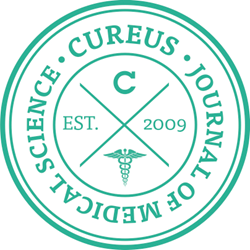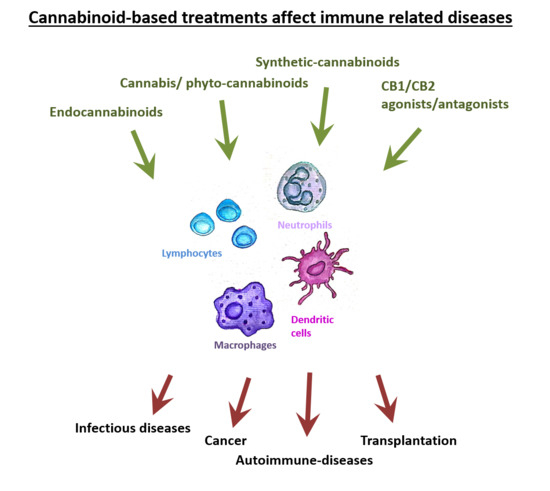 “We report our preliminary findings regarding effectiveness, safety, and tolerability of cannabidiol (CBD) added to antiepileptic therapy in a cohort of children with drug-resistant epileptic encephalopathies (EEs) with a mean follow-up of 8.5 months (range, 3-12 months).
“We report our preliminary findings regarding effectiveness, safety, and tolerability of cannabidiol (CBD) added to antiepileptic therapy in a cohort of children with drug-resistant epileptic encephalopathies (EEs) with a mean follow-up of 8.5 months (range, 3-12 months).
Methods: A prospective cohort study was designed with the aim of assessing the effectiveness, safety, and tolerability of the addition of CBD to standard antiseizure medications (ASMs) in children with drug-resistant EE enrolled at a single center (Neurology Department, Hospital de Pediatría “Juan P. Garrahan”, Buenos Aires, Argentina).
Results: Fifty patients were enrolled between October 2018 and October 2019, 49 of whom had a follow-up of at least 3 months at the time this interim analysis was performed. Mean age at enrollment was 10.5 years (range 2-16). Median age at first seizure was 7 months. Up to the last visit of each patient (follow-up 3-12 months) 39/49 children (80 %) had responded to treatment with a decrease in seizure frequency. Overall, 77.6 % of the patients had a seizure reduction of at least 25 %, 73.5 % had a ≥ 50 % reduction, and 49 % had a ≥ 75 % reduction. Mean monthly seizure frequency was reduced from 959 to 381 (median decrease from 299 to 102, range, 38-1900; median decrease 66 %, p < 0.001). All adverse effects were mild or moderate. The most common adverse effect was drowsiness (in 32 %), usually reversed by adjusting clobazam dose (in 12 children).
Conclusion: In children with drug-resistant EEs, CBD oil as an adjuvant therapy to antiepileptic therapy seems safe, well tolerated, and effective.”
https://pubmed.ncbi.nlm.nih.gov/32544657/
“Cannibidiol showed good effectiveness, with a ≥ 50 % reduction in seizure frequency in 73.5 % of the patients. Good results were obtained in patients with Lennox-Gastaut and Dravet syndromes. In epileptic encephalopathies other than Lennox-Gastaut results were also good. Cannabidiol showed good safety and tolerability as all adverse effects were mild or moderate.”
https://www.seizure-journal.com/article/S1059-1311(20)30167-9/pdf
 “Recent studies have shown that cannabidiol (CBD) could have a great therapeutic potential for treating disorders such as chronic pain and anxiety. In the target article, the authors propose that CBD modulates serotonergic transmission and reverses allodynia and anxiety-like behaviour in a rat model of neuropathic pain. Furthermore, this study shows an antinociceptive effect mediated by TRPV1 and partially by 5-HT1A receptors, as well as an anxiolytic effect mediated by 5-HT1A receptors.”
“Recent studies have shown that cannabidiol (CBD) could have a great therapeutic potential for treating disorders such as chronic pain and anxiety. In the target article, the authors propose that CBD modulates serotonergic transmission and reverses allodynia and anxiety-like behaviour in a rat model of neuropathic pain. Furthermore, this study shows an antinociceptive effect mediated by TRPV1 and partially by 5-HT1A receptors, as well as an anxiolytic effect mediated by 5-HT1A receptors.”
 “Alzheimer’s disease (AD) is an irreversible chronic neurodegenerative disorder that occurs when neurons in the brain degenerate and die. Pain frequently arises in older patients with neurodegenerative diseases including AD. However, the presence of pain in older people is usually overlooked with cognitive dysfunctions. Most of the times dementia patients experience moderate to severe pain but the development of severe cognitive dysfunctions tremendously affects their capability to express the presence of pain. Currently, there are no effective treatments against AD that emphasize the necessity for increasing research to develop novel drugs for treating or preventing the disease process. Furthermore, the prospective therapeutic use of cannabinoids in AD has been studied for the past few years. In this regard, targeting the endocannabinoid system has considered as a probable therapeutic strategy to control several associated pathological pathways, such as mitochondrial dysfunction, excitotoxicity, oxidative stress, and neuroinflammation for the management of AD. In this review, we focus on recent studies about the role of cannabinoids for the treatment of pain and related neuropathological changes in AD.”
“Alzheimer’s disease (AD) is an irreversible chronic neurodegenerative disorder that occurs when neurons in the brain degenerate and die. Pain frequently arises in older patients with neurodegenerative diseases including AD. However, the presence of pain in older people is usually overlooked with cognitive dysfunctions. Most of the times dementia patients experience moderate to severe pain but the development of severe cognitive dysfunctions tremendously affects their capability to express the presence of pain. Currently, there are no effective treatments against AD that emphasize the necessity for increasing research to develop novel drugs for treating or preventing the disease process. Furthermore, the prospective therapeutic use of cannabinoids in AD has been studied for the past few years. In this regard, targeting the endocannabinoid system has considered as a probable therapeutic strategy to control several associated pathological pathways, such as mitochondrial dysfunction, excitotoxicity, oxidative stress, and neuroinflammation for the management of AD. In this review, we focus on recent studies about the role of cannabinoids for the treatment of pain and related neuropathological changes in AD.” “Purpose of review: To evaluate the impact of flavonoids and cannabinoids as anti-inflammatory and antiallergic treatments on the anterior surface of the eye.
“Purpose of review: To evaluate the impact of flavonoids and cannabinoids as anti-inflammatory and antiallergic treatments on the anterior surface of the eye. “A significant number of epilepsy patients are refractory to conventional antiepileptic drugs. These patients experience considerable neurocognitive impairments that impact their quality of life and ability to function independently. This need for alternative treatment has generated increased interest in cannabis use as a therapeutic option in these patients.
“A significant number of epilepsy patients are refractory to conventional antiepileptic drugs. These patients experience considerable neurocognitive impairments that impact their quality of life and ability to function independently. This need for alternative treatment has generated increased interest in cannabis use as a therapeutic option in these patients. “Several studies support, both in vitro and in vivo, the anti-cancer effects of cannabidiol (CBD), a transient receptor potential vanilloid 2 (TRPV2) ligand. TRPV2, often dysregulated in tumors, is associated with altered cell proliferation and aggressiveness.
“Several studies support, both in vitro and in vivo, the anti-cancer effects of cannabidiol (CBD), a transient receptor potential vanilloid 2 (TRPV2) ligand. TRPV2, often dysregulated in tumors, is associated with altered cell proliferation and aggressiveness.
 “So far, no vaccine has been successfully developed and there is no effective treatment of COVID-19.
“So far, no vaccine has been successfully developed and there is no effective treatment of COVID-19. “Cannabinoids may have an important therapeutic potential for the treatment of dependence on crack cocaine.
“Cannabinoids may have an important therapeutic potential for the treatment of dependence on crack cocaine.
